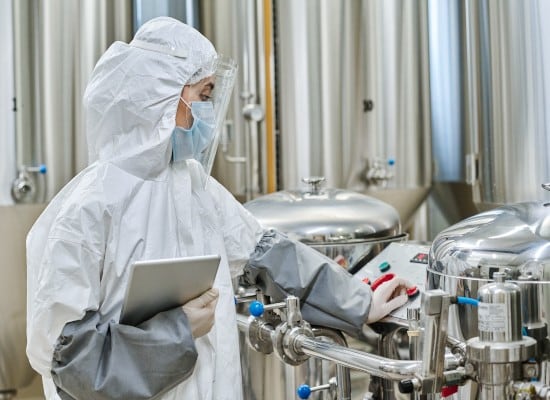Egon Gross
Research and Technology Manager
Symrise AG
Bill Worley
Senior Global Enablement Engineer
JMP
Peter Hersh
Senior Systems Engineer
JMP
This talk will focus on how JMP® helped drastically reduce the cultivation experimentation workload and improved response from four up to 30-fold, depending on the target. This was accomplished by screening potential media components, generally the first, and sometimes tedious, step in fermentation optimizations. Taking characteristic properties such as the chemical composition of complex components like yeast extracts enables flexibility in the case of future changes. We describe the procedure for reducing the workload using FT-MIR spectral data based on a DSD setup of 27 media components. After several standard chemometric manipulations, enabled by different Add-ins in JMP® 16, the workload for cultivation experiments could be drastically reduced. In the end, important targets could be improved up to approximately 30-fold as a starting point for subsequent process optimizations. As JMP® 17 was released in the fall of 2022, the elaborate procedure in version 16 will be compared to the integrated features. It might give space for more inspiration – for developers and users alike.
